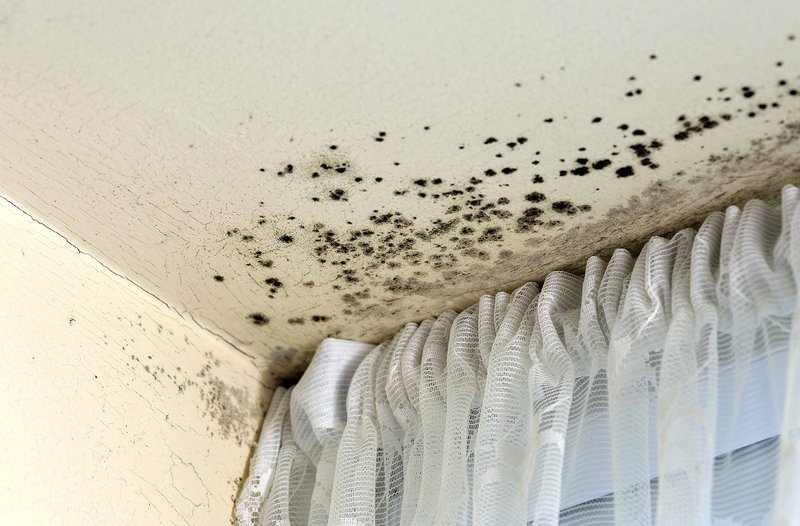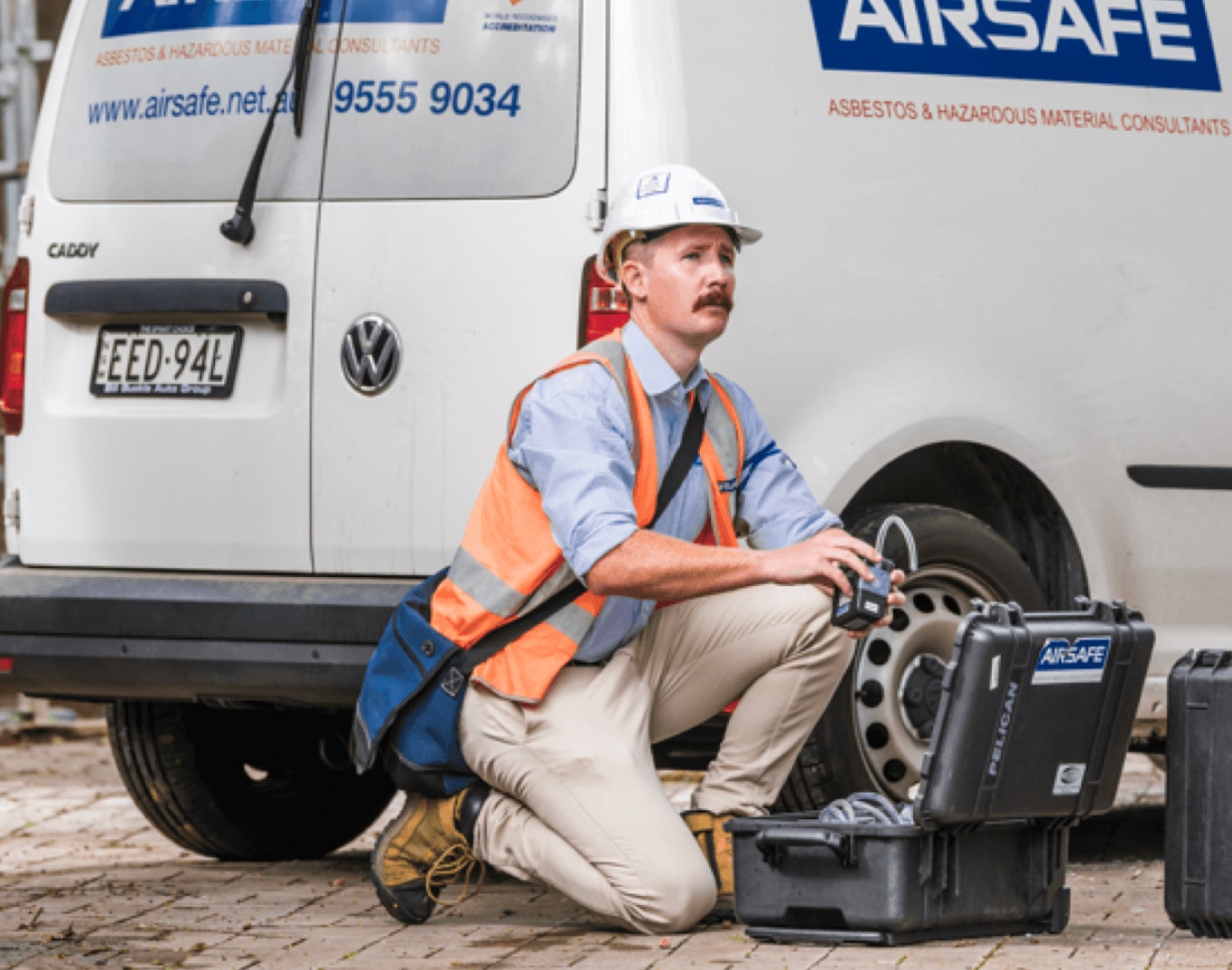In the past few years, the risks associated with mould in rental properties have frequently made the news across Australia. There are a number of reasons for this:
- The COVID-19 pandemic led to people spending more time at home.
- The pandemic raised awareness of the number of people in the community with compromised immune systems. These people are more susceptible not only to COVID, but also to mould-related health problems.
- The recent crisis in rental availability and affordability has led to an increase in tenants’ advocacy via social media and other online channels, with persistent mould a frequent complaint from tenants.
Mould is a frequent source of dispute between tenants and landlords, often reaching the NSW Civil and Administrative Tribunal (and equivalent bodies in other states) when the problem is not fixed or there’s a disagreement about who is responsible. Landlords can be held liable for issues caused by mould in their properties, with penalties of $5,000 or $6,500 not uncommon, as well as orders to reimburse rent.
Who is responsible for mould?
One of the reasons mould often leads to disputes is that it may not be clear where the responsibility lies. Of course, when tenants move into a property, they have a right to expect that it will be free of mould, but over the course of a tenancy, actions of tenants like inadequate cleaning or leaving windows permanently closed can contribute to the growth of mould.
As The Conversation reports, laws around mould in rental properties differ from state to state, but all assign responsibilities to both landlords and tenants.
In New South Wales, the division of responsibility is explained on the NSW Fair Trading website. There are minimum standards that rental homes must comply with, including adequate ventilation. If a mould issue arises because of a breach of these standards, or because the landlord fails to make a timely repair, then the landlord is responsible.
On the other hand, if the mould develops during the tenancy as a result of the tenant’s actions, then the tenant may be responsible for fixing it.
Possible disputes can be avoided by:
- both parties making sure any existing mould is noted on the condition report
- the tenant notifying the landlord as soon as possible if they see any signs of mould or damp developing during the tenancy
- the landlord doing any necessary repairs as quickly as possible.
How Airsafe can help
At Airsafe, we don’t get involved in the blame game between landlords and tenants, but we can help make sure that mould issues don’t escalate.
We offer expert mould testing and inspection services. This includes an initial investigation and laboratory testing to determine whether mould is present and if so, what kind, and to make recommendations for treating it. Once the mould issue has been addressed, we can also complete a clearance inspection to confirm that our recommendations have been carried out and mould is no longer a problem.
Don’t leave mould to grow: call Airsafe on 1300 888 338 and get the benefit of our expertise.




